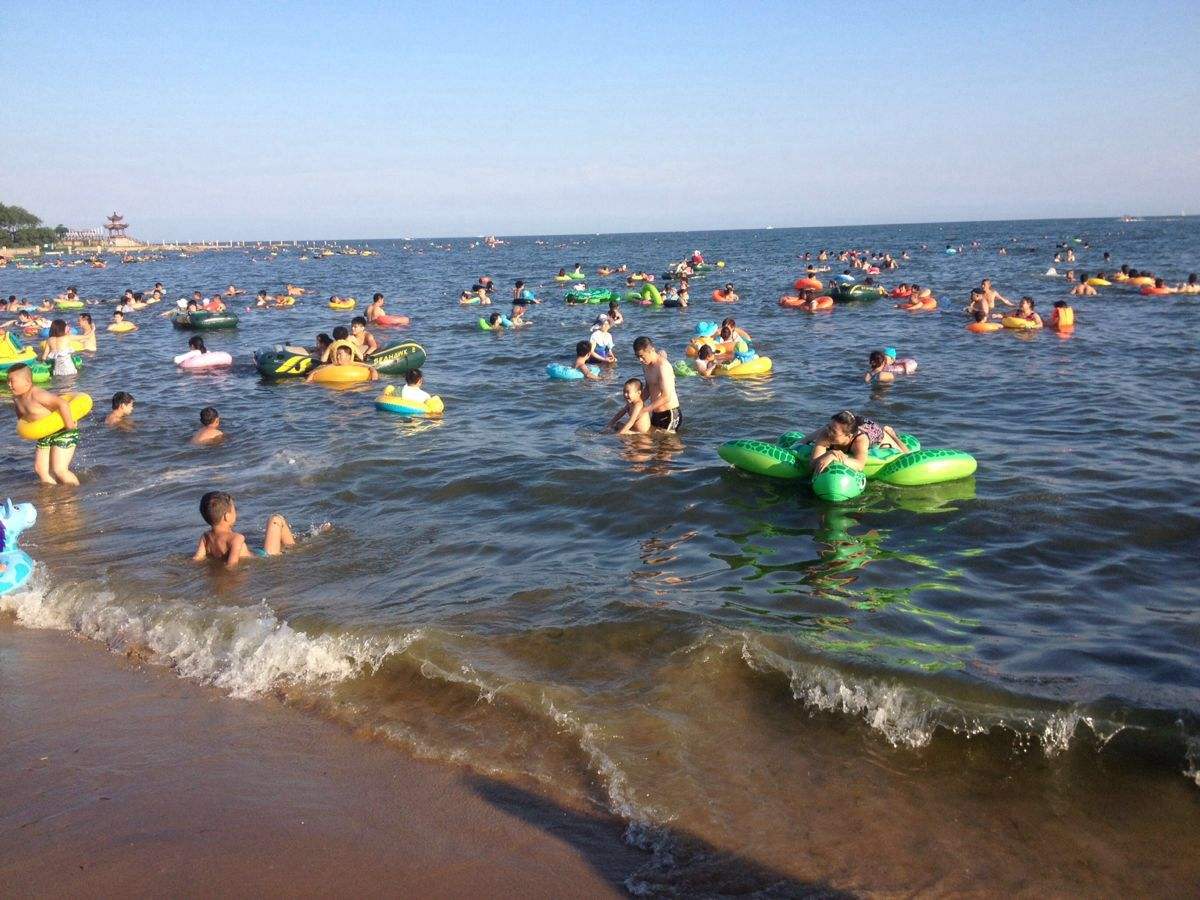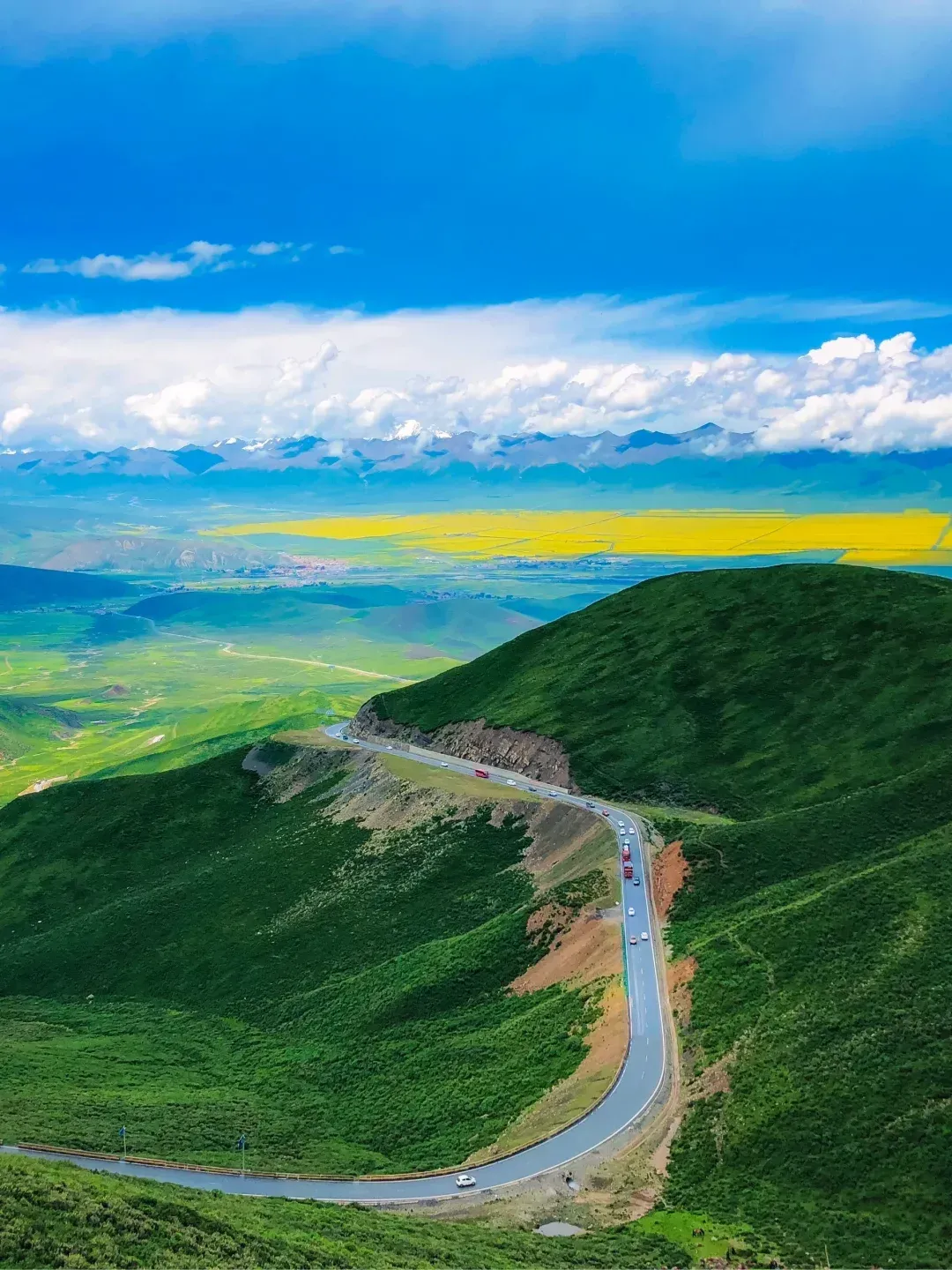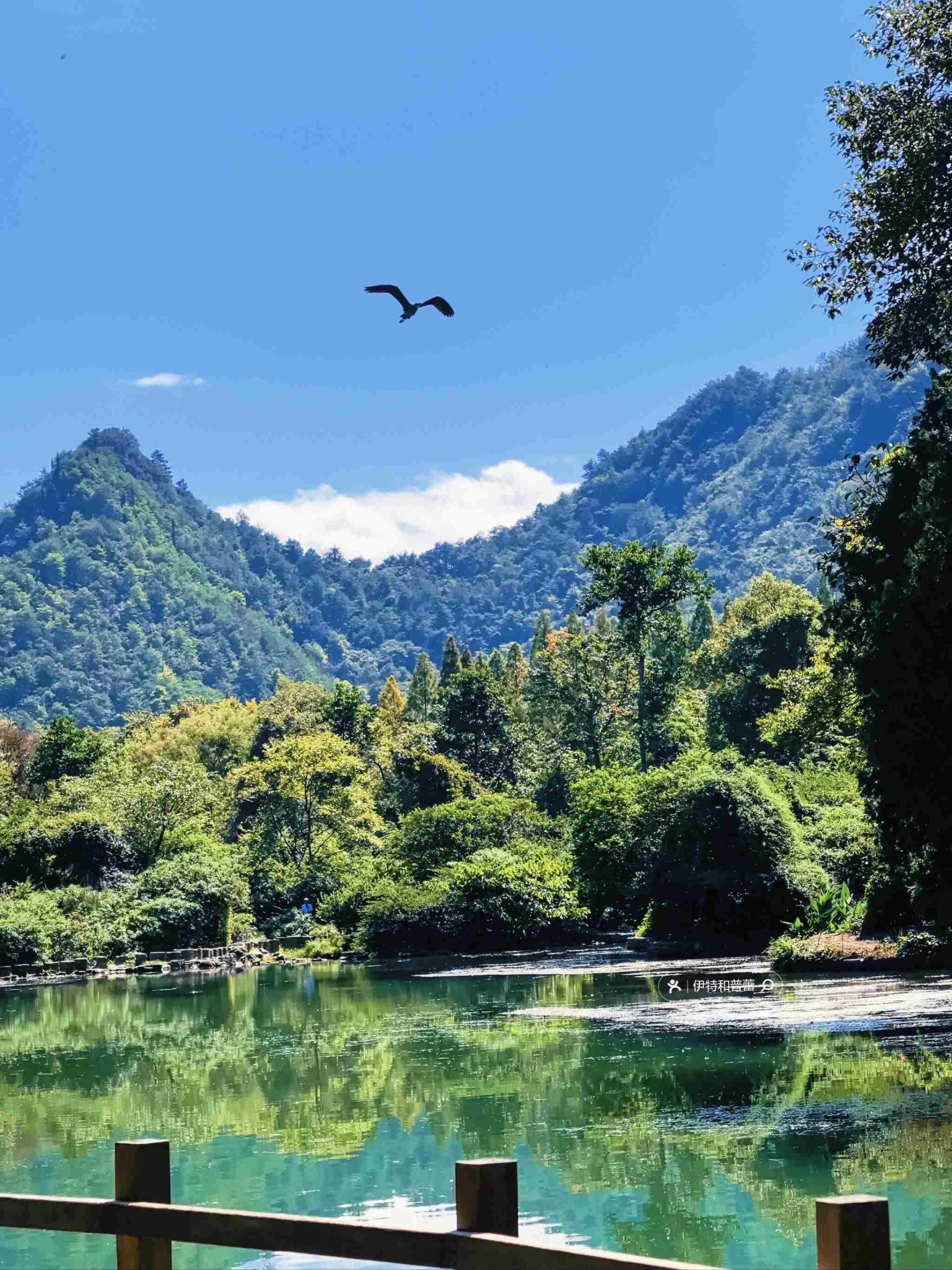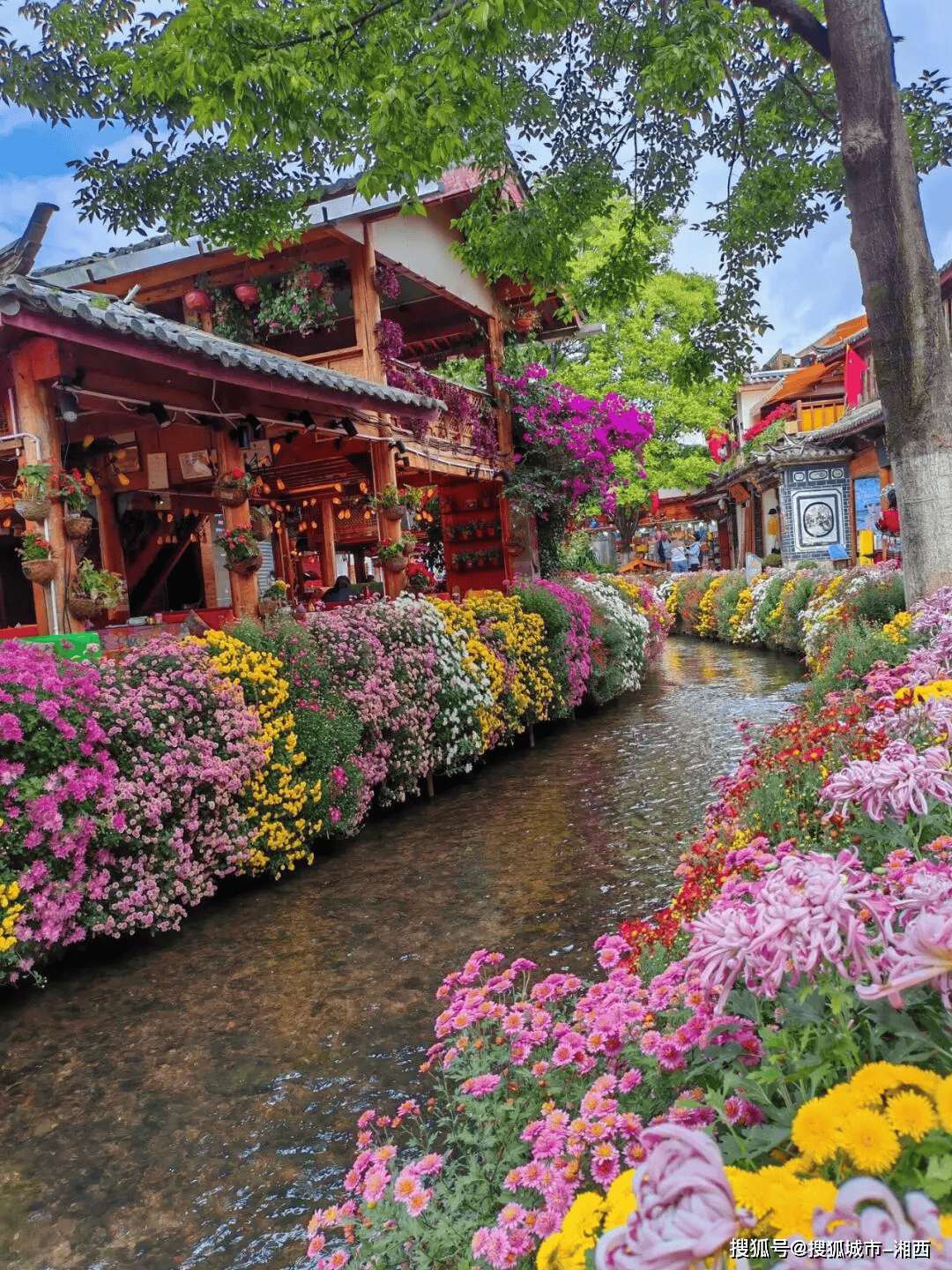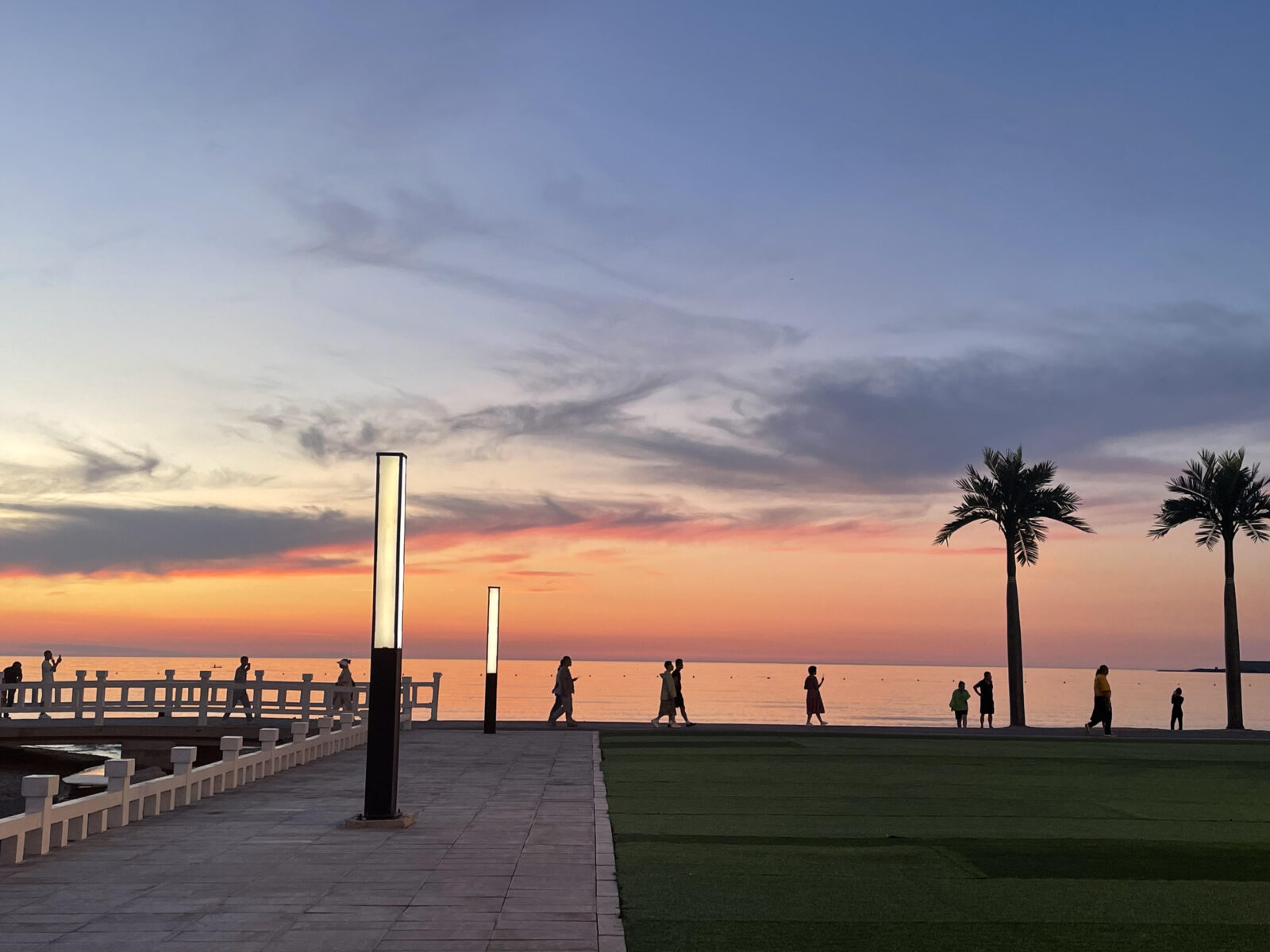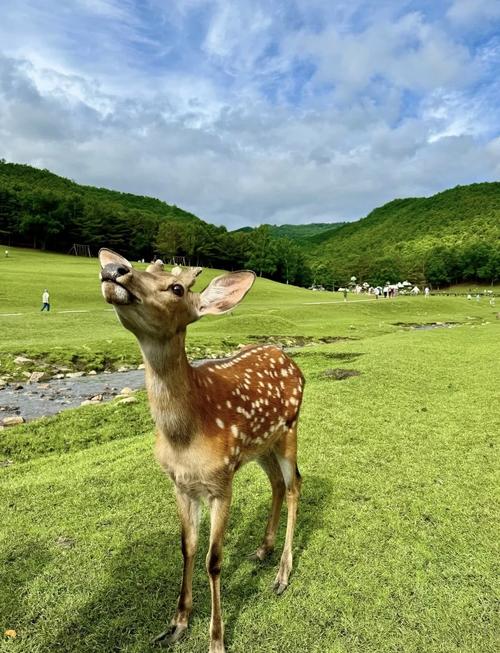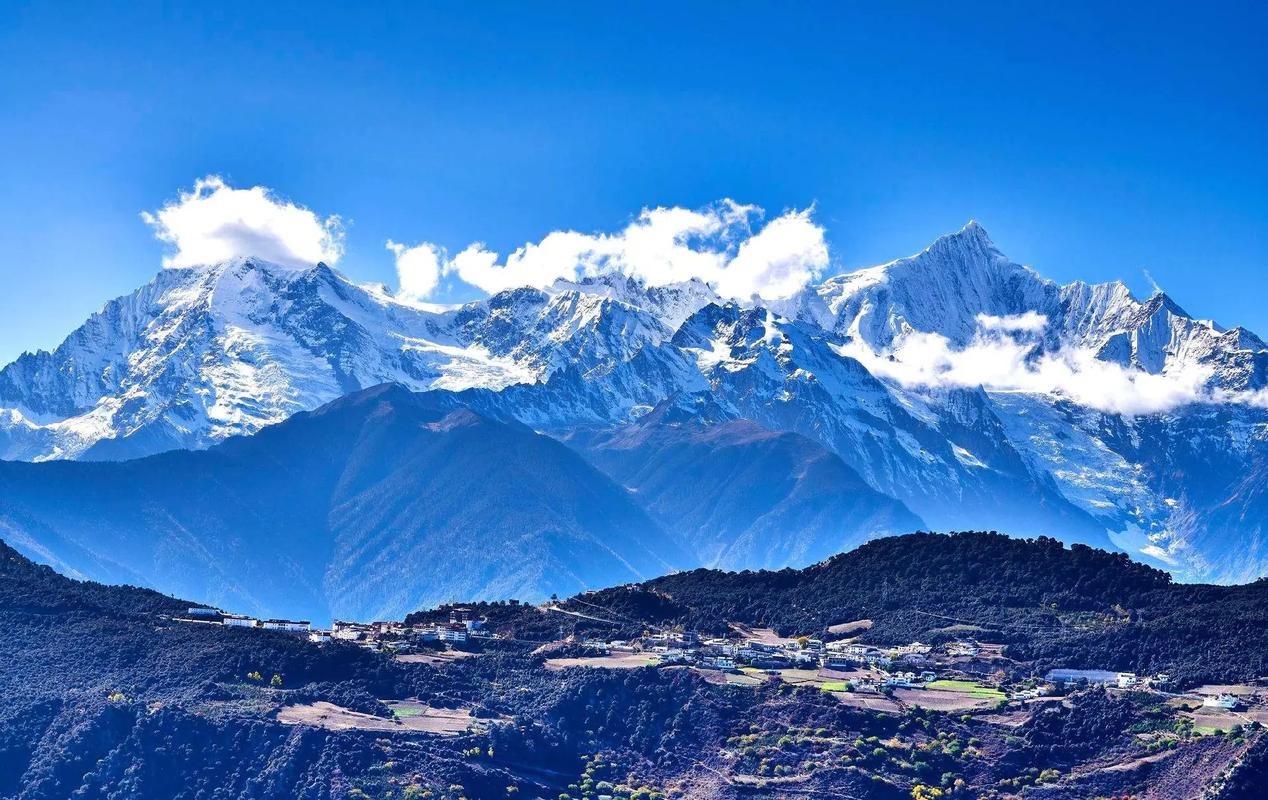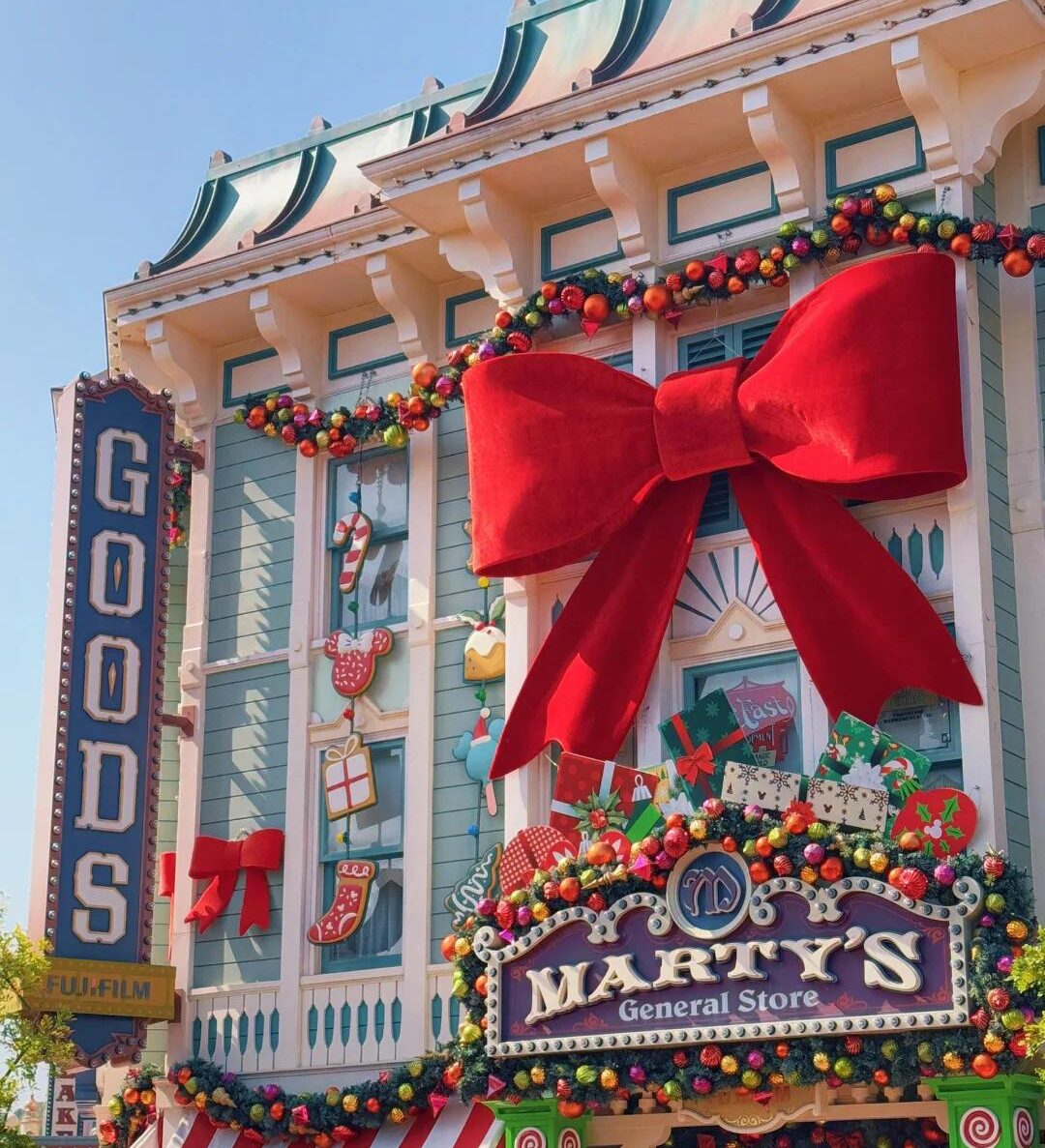It is a threefold. Major traveling agencies collect data in the wake of regional temperatures are particularly high: Xinjiang, Qinghai, Guizhou, and Yunnan are still the best destinations when it gets hot; demand for water parks and island resorts is rising strongly; and night markets as well as tours at night are becoming more popular.
Cool Summer Gates: Northeast, Northwest, Southwest
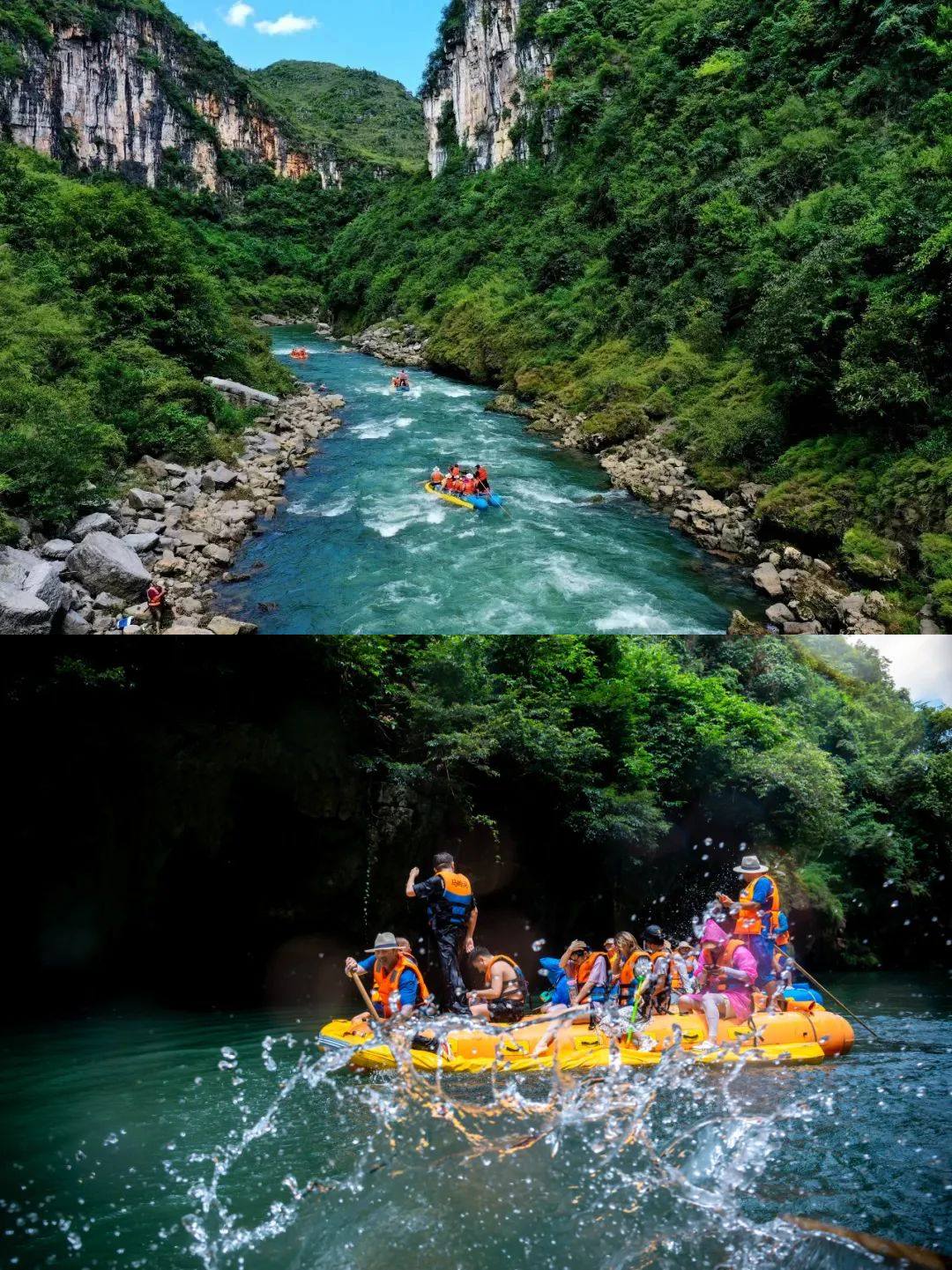
White-water rafting
Popular Cool Regions and Travel Trends
Each year around the peak period of school summer vacation, where it's cool to spend as a holiday location takes on tendencies--summer trips always top out and this time they are likely to be found in northeast, northwest or southwest districts. For its part Guizhou boasts comfortably cool temperatures throughout July, with an average of between 22°C and 25°C. The six-day itinerary “Huangguoshu—Xijiang—Libo—Fanjing Mountain— Zhenyuan,” has one of the higher sales. Northwest areas such as Gansu and Qinghai, as well as northeastern destinations like Mohe, Changbai Mountain, and Yichun all rank among the most popular one-day escape from big cities.
Rising Demand Across China
Since July, Meituan's data indicates that searches for “Summer Escape” trips have grown by nearly 200%. In Guizhou's Qiandong`nan, Jiangxi's Shangrao, Shandong's Yantai, Zhejiang's Huzhou, Sichuan's Aba and Hubei's Shennongjia, as well as Qinghai's Xining, interest levels of different traveller groups surge. Moreover, on Mafengwo, demand for summer getaways is up by 150% in all compared to only one month ago. This applies to both smaller-sized cities and larger refuges of Xilingol and Ulanqab in Inner Mongolia as well.
Convenient Access and Travel Packages
Spring Tour has also stepped up flights to Guizhou, launching a direct charter from Shanghai, to arrive at Anshun where the traveler can experience scenic spots like Huangguoshu Waterfall and Longgong Caves, all in weather pleasantly cool for summer. More specifically, these packages focus on 6-8 day Guizhou loops, an easy way to escape the heat.
Water Sports Capture Public Attention
Following the traditional cool places, water fun has become this season's fashionable object. Data from Meituan indicates that outdoor water activity reviews have surged nearly 90% this summer, while searches for "water park" and "indoor surfing" are up by over 60% and 70%, respectively. Ctrip also reports a 40%+ rise in bookings for rafting, beaches, and coastal tourism.
We notes that interest in rafting has skyrocketed, leaping by more than 130% within one month. Gaogu River in Guizhou, Tiger Roar Gorge in Hangzhou, General’s Pass in Anhui are all popular places for this water activity which has seen its popularity rise sharply. Especially in Guizhou, rafting has turned into an outstanding success--searches are up more than 500 per cent. A location such as Taoyuan River takes in many young visitors, over 35 % of whom are under age 35.
This volume of holidaymakers has also let local accommodations enjoy the season. Guestrooms surrounding rafting sites are fully booked; sour soup beef hotpot and crispy potato pancakes are specialties in high demand. To ensure safety, tour operators are carefully vetting suppliers, pausing activities in bad weather, and preparing travelers with detailed safety briefings, sunscreen reminders, and even cooling oil or mosquito spray during tours.
The Rise of Nighttime Fun Preferably two consecutive nights

Starlight Night Market
As daytime heat continues, “night economy” is heating up across the country. Municipal governments all over China have introduced policies to develop nighttime culture and travel. Meituan data shows that searches for “night tours” doubled in July; Guangzhou, Hangzhou, Wuhan, Shanghai, Nanjing, Beijing, Suzhou, Yichang, Chengdu, and Changsha are all in demand. Popular activities include Pearl River cruises, Qiantang River boat rides, and Huangpu River night shows.
Night tourism has become a summer lure, with fields such as Hongyadong in Chongqing, Xijiang Miao Village in Guizhou, and Wuzhen in Zhejiang being the hot picks. Visitors flock to starlit markets such as Starlight Market in Xishuangbanna, Kaifeng’s Xisi Night Market and Shazhou Market in Dunhuang to gorge themselves on local tidbits while listening to music amid glowing light shows.
Data shows that night activities are popular with all age groups. Those below 30 make up 27%. The busiest window is 6–10 pm, now dubbed the “golden four hours”. Many attractions have initiated a special evening hours with light shows, fireworks, and drone displays. Night tour tickets are currently up 20% per annum, with sales of shows like “Night at Yellow Crane Tower” soaring twofold.
The concept of "Museums at Night" has also become popular. As many as one-third of the country's national museums are now open on evenings to entertain visitors, and about 40 percent of China's leading scenic wots have introduced new nighttime events.
In short, summer nights are not just for escaping from the heat any more - they're a whole new form of travel.
Traveling on a budget? Here’s a guide to cheap cool places to visit in August with 10 days in China under $500.
Eight Great Summer Escapes in China (I)
Chengde, Hebei: The Imperial Summer Resort
Once an emperor’s summer palace, Chengde still feels cool enough for a jacket in August. Twice the size of Beijing’s Summer Palace, it blends lakes, palaces, and grasslands. Visitors can ride horses on the Bashang Plateau or taste Manchu cuisine in the Old City.
Qinhuangdao, Hebei: Beaches and Breezes
Unlike humid Beijing, Qinhuangdao offers breezy shores. Beidaihe, Tiger Stone Park, and sunrise at Pigeon Nest Park are classics. Modern travelers flock to Aranya community and its “Lonely Library.” Shanhai Pass, where the Great Wall meets the sea, balances culture with seaside ease.
Xining, Qinghai: Plateau Coolness
Xining lives up to its nickname “Summer Capital.” With July averages near 20°C, its Ta’er Monastery, Dongguan Mosque, and Tibetan Museum draw visitors. It’s also the gateway to Qinghai Lake, framed in yellow rapeseed flowers in midsummer.
Guiyang, Guizhou: The Forest City
Average July temperatures hover near 23°C, and Guiyang surrounds travelers with hills and greenery. Local sites include Qingyan Ancient Town and Jiaxiu Tower. By night, alley stalls serve Guizhou-style dishes, perfect after a day in the “Forest City.” The mild climate makes Guiyang stand out among top summer escapes in China, blending culture and cool weather.
Eight Great Summer Escapes in China (Part II)
Dali, Yunnan: Lakeside Ease
Dali averages just 19°C in summer. Cycling around Erhai Lake or exploring Dali Old Town blends natural beauty with Bai minority culture. Marble crafts still line its alleys, and the slower rhythm makes visitors linger. Known for its lakes and minority culture, Dali is also praised as one of the unforgettable summer escapes in China.
Dalian, Liaoning: Northern Seaside Vibes
Famed for seafood culture and beaches, Dalian mixes modern city life with seaside leisure. Its markets bustle with fresh catches, while its coasts offer both lively and quiet corners.
Mohe, Heilongjiang: China’s Arctic Village
Mohe, at the northern tip of Heilongjiang, is known as “China’s Arctic Village.” Even in July, nights can feel chilly. Travelers come here for the midnight sun, starry skies, and the rare chance to glimpse the aurora. Wooden houses and riverside walks add rustic charm.
Shangri-La, Yunnan: Highland Serenity
Perched on the edge of the Tibetan Plateau, Shangri-La averages just 17–20°C in summer. Monasteries, meadows, and snow-capped peaks form its landscape. Songzanlin Monastery and Napahai Lake are highlights, and Tibetan-style guesthouses provide cozy stays.
If you’re curious about where to go in spring, check this guide on travel to Yunnan in spring.
Frequently Asked Questions (FAQs)
Q: What are the coolest regions to visit in China during summer?
A: The most popular cool regions are Guizhou in the southwest, Qinghai and Gansu in the northwest, and Heilongjiang or Jilin in the northeast. These places usually stay under 25°C in July, much cooler than big cities like Beijing or Shanghai. Travelers often combine cultural visits with outdoor escapes, so you get both history and relief from the heat. Local festivals also add to the seasonal appeal.
Q: Is Guizhou really a good choice for summer trips?
A: Yes, Guizhou has mild weather, lush forests, and waterfalls like Huangguoshu. Data shows it’s become a “dark horse” destination, especially for younger travelers looking for rafting and outdoor fun. Food lovers enjoy Guizhou’s spicy cuisine, and culture seekers can explore minority villages. The combination of cool air, unique culture, and affordable prices makes Guizhou a strong choice for summer.
Q: Where can I try water sports in China?
A: Popular rafting and water sports sites include Gaogu River in Guizhou, Tiger Roar Gorge in Hangzhou, and General’s Pass in Anhui. Many travelers under 35 prefer these spots for weekend getaways. Beyond rafting, coastal areas like Sanya offer surfing, while northern beaches welcome kite surfers. Choices vary from beginner-friendly family spots to adrenaline-packed rivers for thrill seekers.
Q: Why is night tourism becoming so popular?
A: Because of the daytime heat, people are heading out at night for cruises, light shows, and night markets. Cities like Guangzhou, Shanghai, and Chengdu are now hotspots for nighttime travel. Many attractions extend operating hours, offering fireworks or drone shows. Families appreciate cooler evening weather, while younger crowds enjoy lively markets and music. The night economy brings together fun, food, and culture in one package.
Q: What are some famous night markets or attractions?
A: Starlight Market in Xishuangbanna, Kaifeng’s Xisi Night Market, and Dunhuang’s Shazhou Market are among the most famous. Hongyadong in Chongqing and Wuzhen in Zhejiang are also popular at night. Each offers different vibes: from rustic riverside snacks to trendy stalls under neon lights. These places are as much about atmosphere as food, making them memorable parts of a trip.
Q: Which city is called the “Summer Capital” of China?
A: Xining in Qinghai has earned this nickname. With an average of around 20°C in July and access to Qinghai Lake, it’s one of the top summer escapes. Its mix of Tibetan and Muslim cultures makes the city more than just a cool-weather stop. Visitors can also enjoy local noodles and mountain views that complete the summer vibe.
Q: Is Chengde still worth visiting today?
A: Definitely. The former Imperial Summer Resort is cool enough in August that you may need a jacket. It also blends culture, history, and nature with grasslands and temples. Today’s Chengde still holds UNESCO recognition and welcomes visitors with both heritage sites and surrounding countryside. The slow pace and imperial touch create a unique contrast to bustling Beijing.
Q: What seaside options are best in the north?
A: Qinhuangdao and Dalian are two popular northern seaside cities. Qinhuangdao is known for Beidaihe and sunrise at Pigeon Nest Park, while Dalian mixes beaches with great seafood culture. Both places attract families and couples alike. Visitors often enjoy seafood feasts after a day on the shore, and both cities offer reliable transport links for easy trips.
Q: How popular is rafting in Guizhou right now?
A: Extremely popular—online searches for rafting in Guizhou have risen by more than 500% this year. Local homestays near rivers are often fully booked in summer. Tourists come from across China to feel the thrill of fast-flowing rivers and the fun social vibe. Even first-timers find beginner-friendly routes, making rafting both accessible and adventurous.
Q: Do museums in China open at night?
A: Yes, many do. About one-third of national museums and 40% of major scenic spots now offer night events, from light shows to extended visiting hours. Families often visit after dinner, enjoying cultural tours without the heat of midday. Special programs like evening lectures or themed shows give museums a fresh identity. Night visits add depth and variety to traditional sightseeing.

